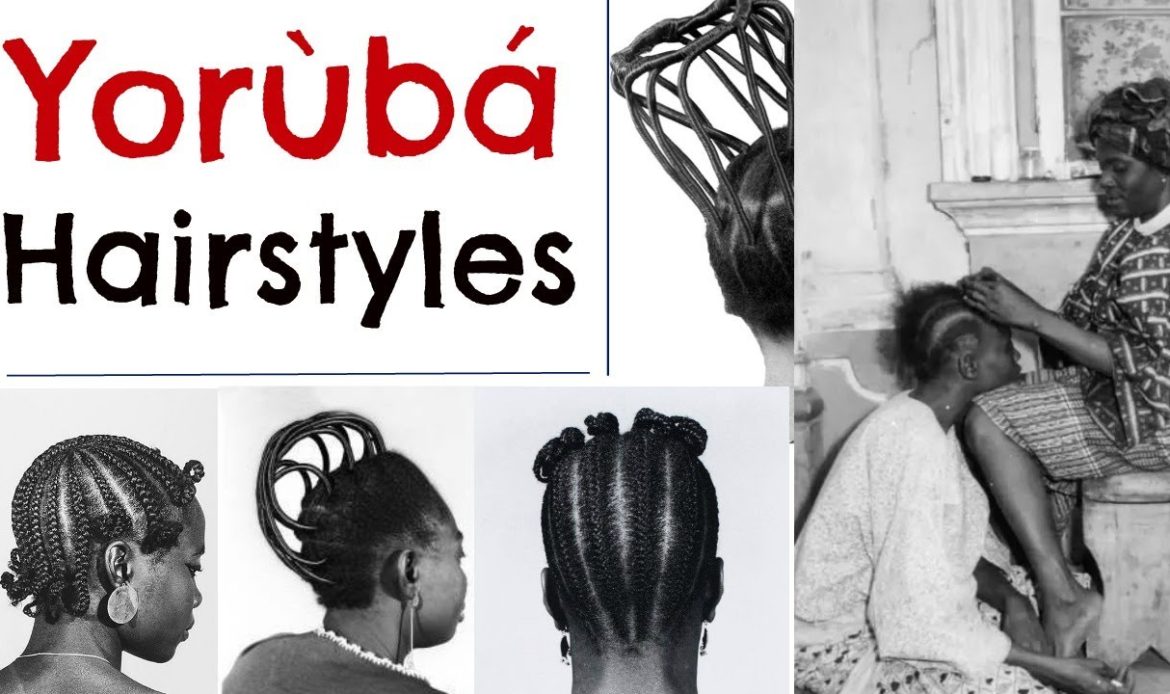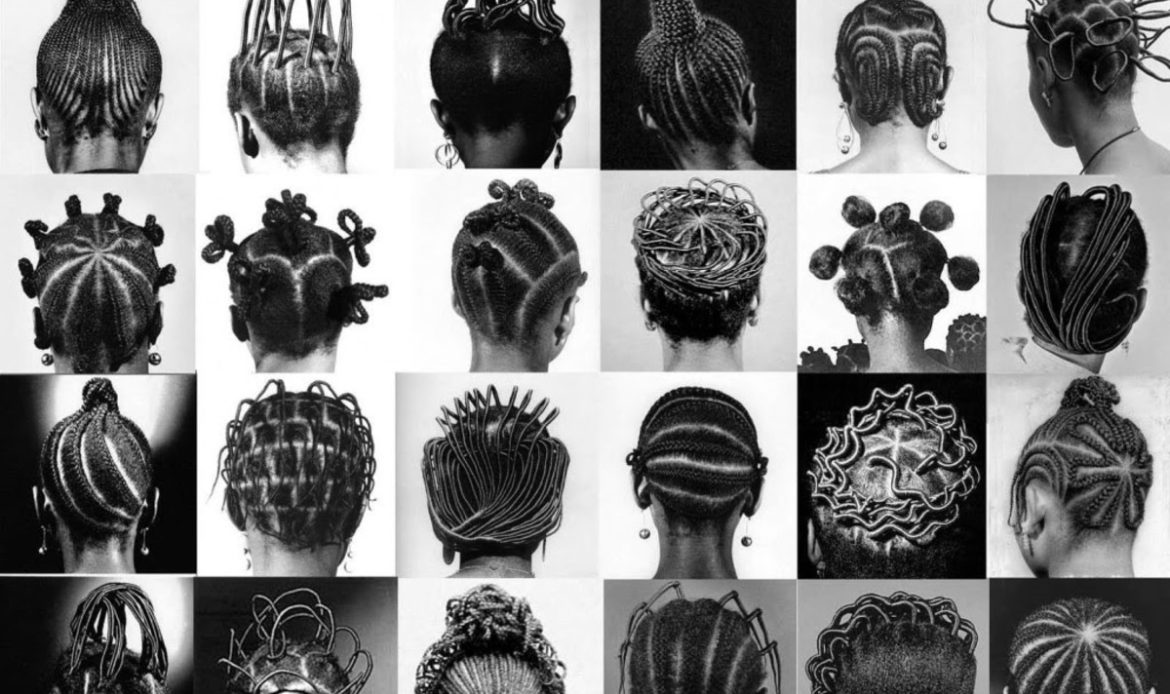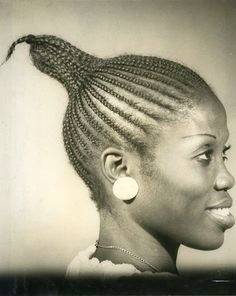Yoruba Traditional Hairstyles
Hairstyles are significant to the Yoruba people of Western Nigeria, with various designs made to suit different social occasions. Traditionally, hairstyling has been an esteemed vocation in the Yoruba land.

Although this was more popular in the past, Yoruba festivals, and ceremonies often welcome various styles from the different social groups. People generally design specific styles to suit various occasions, traditional worshipers also design their hair in connection to the ethos of their religion.
Read Also: Aso-Oke

In the Yoruba tradition, the head (ori) is highly respected and is regarded as the crown (ade ori), especially the female hair, which is considered the crown of a woman’s beauty (ade ewa). Yoruba women spice up their looks with beautifully designed hairstyles, from Irun Kiko; hair knotting with thread, to Irun didi; the usual plaiting of hair without thread and Irun Biba; casual braiding of hair.
Hairstyles could serve purposes like religion, identification, or to communicate marital status. In some western states, poorly made hair can be perceived as anti-social behaviour or a symptom of ill health. Yoruba hairstyles could be Olowo (handmade) or Olowu (made with thread). On today’s Saturday small chops, we will explore some of the different traditional hairstyles done by the Yoruba people.
Aaso Waporo
This style is done by both men and women but is mostly reserved for royals and influential individuals in the community. Aaso Waporo is designed in nine knots, with three round patches of hair on each divide.
Aaso Olode/Ologun
This is similar to the Aaso Waporo but includes a central patch of hair made into a knot that hangs to the left side of the head. Aaso Olode is mostly done by warriors and hunters.
Aaso Onifa
This style is done only by the Ifa priest. Aaso Onifa is a small circle of hair at the centre or front of the scalp and is used on special occasions. Sometimes, the Ifa priest can grow his hair and plait it to the back.
Koroba Adimole

This style involves beautifully woven hair from the centre of the scalp down to the front, back and sides. The tips are usually made into knots and designed with beads.
Dada Awure
This style is connected to spirituality. The individual nurtures the hair to form dreadlocks and can decide to design it with beads or cowries. The hair is usually regarded as a gift from the gods.
Eko Bridge
This style mimics the actual Eko bridge in Lagos. The hair is divided down the middle into different section and made with black thread from the edge down to the back of the scalp, with brushes around the hair. The hair is made a bit high from the scalp to imitate the Eko bridge.
Shuku

The Shuku hairstyle is plaited from the edges of the scalp to the middle. Sometimes, it is combined with the koroba style to produce a more captivating design. Historically, Shuku was formally reserved for the queen, princess, wives of respectable rulers and brides. However, in recent times, Shuku can be worn by any member of the society.
Abeti Aja
This style imitates the popular ‘abeti aja’ cap worn by Yoruba men. The hair is made into two shuku and made to fall on both sides of the head, over the ears.
Patewo
Patewo which means ‘clap your hands’ in English is a style mimicking clapped hands. The making process involves dividing the hair vertically down the middle. The hair is then braided from each side of the hair to the division. Patewo can be combined with other hairstyles to form amazing designs.
Did we miss some popular Yoruba hairstyles out, please tell us in the comments section?
